 Whirligig (2006) by Brian L. Frye; video, color, sound, 2.5 minutes.
Whirligig (2006) by Brian L. Frye; video, color, sound, 2.5 minutes.The T.J. Hooper engages in her favorite pastime: chasing a laser pointer in circles until exhausted.
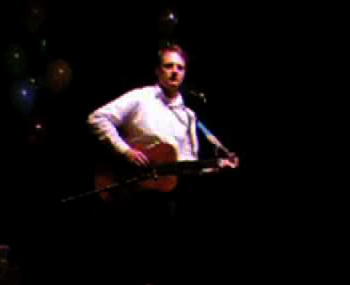 K-K-Kisses from K Records (2006) by Brian L. Frye; video, color, sound, 9.5 minutes.
K-K-Kisses from K Records (2006) by Brian L. Frye; video, color, sound, 9.5 minutes. Gum Arabic Explosion! (2006) by Brian L. Frye; video, color, sound, 1 minute.
Gum Arabic Explosion! (2006) by Brian L. Frye; video, color, sound, 1 minute. Light Mill (2006) by Brian L. Frye; video, color, sound, 1 minute.
Light Mill (2006) by Brian L. Frye; video, color, sound, 1 minute.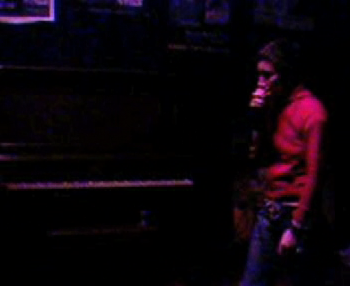 It's So Hot (2005) by Brian L. Frye; video, color, sound, 3 minutes.
It's So Hot (2005) by Brian L. Frye; video, color, sound, 3 minutes. Gurgling Cod (2005) by Brian L. Frye; video, color, sound, 1 minute.
Gurgling Cod (2005) by Brian L. Frye; video, color, sound, 1 minute.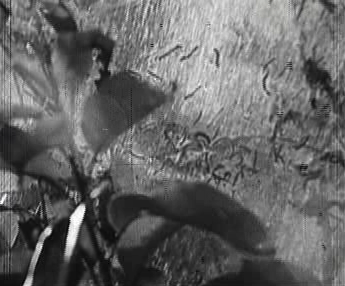 The Letter (2001) by Brian L. Frye; 16mm, b&w, sound, 11 minutes.
The Letter (2001) by Brian L. Frye; 16mm, b&w, sound, 11 minutes.I sort of snickered at a lot of people when they said they were called to . . . particularly the preachers, when they were called to another pasture. It seemed to me that it was always a bigger church and more money probably. I’d been sort of skeptical of that. After my call, I had a different view of it.
By the waters of Babylon there we sat us down and wept, when we remembered thee, O Zion. As for our harps we hanged them upon the willow trees. For they that had brought us to misery. . .
This reminds me of a statement that an old drunk that had been converted had to say. He said, yes, since I’m saved, I can do what I well please, do what I want to do. I can go out and get drunk as much as I want to do. Thank God, I don’t want to go out and get drunk anymore. It’s changed me. So, we are freed from the law by Jesus Christ. It doesn’t mean this gives you license to go out and commit mayhem, rape, murder, or whatever your carnal side would urge you to do. It doesn’t mean that at all. It means you’re free from the burden of the law.
 Sunday Morning (2001) by Brian L. Frye; 16mm, b&w, silent, 2 minutes.
Sunday Morning (2001) by Brian L. Frye; 16mm, b&w, silent, 2 minutes.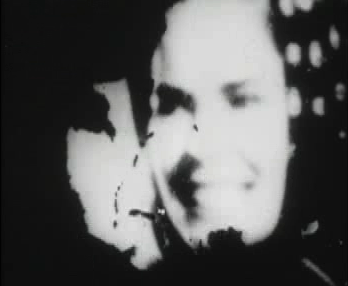 Oona's Veil (2000) by Brian L. Frye; 16mm, b&w, sound, 8 minutes.
Oona's Veil (2000) by Brian L. Frye; 16mm, b&w, sound, 8 minutes. Robert Beck is Alive and Well and Living in NYC (2002) by Brian Frye and Lee Ellickson; 16mm, b&w, sound, 3 minutes.
Robert Beck is Alive and Well and Living in NYC (2002) by Brian Frye and Lee Ellickson; 16mm, b&w, sound, 3 minutes.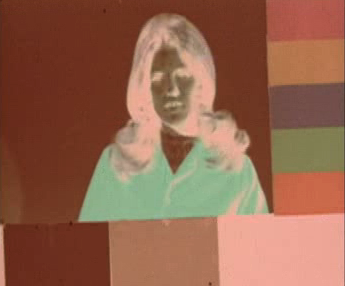 Nadja (2001) by Brian L. Frye; 16mm, color, silent, 3 minutes.
Nadja (2001) by Brian L. Frye; 16mm, color, silent, 3 minutes. The Eels of Chicago (2000) by Brian L. Frye; 16mm, b&w, silent, 2 minutes.
The Eels of Chicago (2000) by Brian L. Frye; 16mm, b&w, silent, 2 minutes. The Anatomy of Melancholy (1999) by Brian L. Frye; 16mm, b&w, sound, 11 minutes.
The Anatomy of Melancholy (1999) by Brian L. Frye; 16mm, b&w, sound, 11 minutes.
 Lachrymae (2000) by Brian L. Frye; 16mm, color, silent, 3 minutes.
Lachrymae (2000) by Brian L. Frye; 16mm, color, silent, 3 minutes. Waste-Book (also blotter), n. ~ A bookkeeping record, typically a bound volume, detailing in rough form each day's receipts and expenditures in order of their occurrence.
Waste-Book (also blotter), n. ~ A bookkeeping record, typically a bound volume, detailing in rough form each day's receipts and expenditures in order of their occurrence.